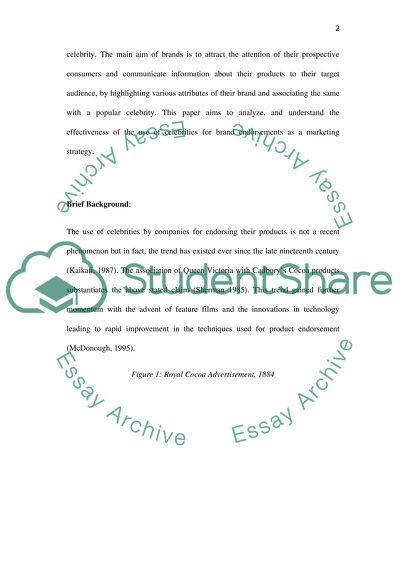Cite this document
(“An Enquiry into The Efficiency of Celebrity Endorsement As A Marketing Dissertation”, n.d.)
Retrieved from https://studentshare.org/family-consumer-science/1417599-an-enquiry-into-the-efficiency-of-celebrity
Retrieved from https://studentshare.org/family-consumer-science/1417599-an-enquiry-into-the-efficiency-of-celebrity
(An Enquiry into The Efficiency of Celebrity Endorsement As A Marketing Dissertation)
https://studentshare.org/family-consumer-science/1417599-an-enquiry-into-the-efficiency-of-celebrity.
https://studentshare.org/family-consumer-science/1417599-an-enquiry-into-the-efficiency-of-celebrity.
“An Enquiry into The Efficiency of Celebrity Endorsement As A Marketing Dissertation”, n.d. https://studentshare.org/family-consumer-science/1417599-an-enquiry-into-the-efficiency-of-celebrity.


